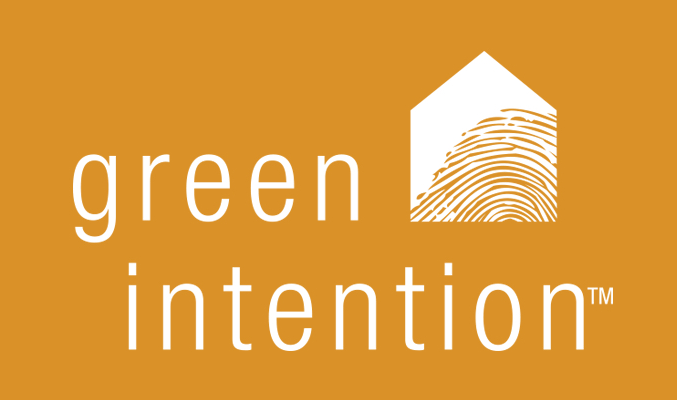 A significant part of our outdoor landscaping was designed to be a native grasses and wildflower area that would require very little irrigation, no mowing, and be beautiful. As this is our second summer in the house, the area is not yet well established. Our landscape architects assure us that with a little patience, we will get the desired result (3-4 years). Right now, though, it looks pretty bad — long grasses, many weeds that have been difficult to control, and sparse wildflowers. I’m okay with waiting, though. Apparently, the City of Minneapolis cannot wait (see my posting under Public Policy.)
A significant part of our outdoor landscaping was designed to be a native grasses and wildflower area that would require very little irrigation, no mowing, and be beautiful. As this is our second summer in the house, the area is not yet well established. Our landscape architects assure us that with a little patience, we will get the desired result (3-4 years). Right now, though, it looks pretty bad — long grasses, many weeds that have been difficult to control, and sparse wildflowers. I’m okay with waiting, though. Apparently, the City of Minneapolis cannot wait (see my posting under Public Policy.)
So now, all day we have to listen to the weed-wacker chop down all of our tall grasses. Bye-bye! That should keep the city from fining us, but we need to come up with a plan in which we will not violate any city ordinances in the future. Also, we have been avoiding herbicides and pesticides, because I don’t think chemicals that kill plants should be put into the earth — which then gets soaked into the groundwater and contaminates lakes, rivers, drinking water, etc. It’s just a compulsion of mine, and landscapers looks at me like a little girl who doesn’t really understand the way the world works.
Anyway, we have a fair amount of clover, which is almost impossible to pull out by its roots. So, we have to spray an herbicide called 2, 4-D on the clover to kill it (otherwise the clover will drown out all of the other wild flowers, I am told.) The guys spraying it do not wear any protective clothing, and they have been using it for years and have never had any problem. When I try to do some research on this chemical, I get very mixed reviews. On pesiticideinfo.org, it indicates high toxicity in the area of developmental/reproductive toxin, is a suspected endocrine disruptor and possible carcinogen. But at 2,4-D.org, the industry task force on the product, we get quite a different story. According to them, 2,4-D is one of the most widely used herbicides in the world; most of the website and articles is devoted to debunking any myth about harmful pesticides and how wonderful it is for humankind. It even links to an article in Landscape Management published in 2005: EPA give 2,4-D a Clean Bill of Health.
Here’s where I am struggling. What am I to believe? Whom am I to trust? For our lawn, we use Green Guardian, one of the few companies in the area that does not use herbicides or pesticides in their lawn care. (They may even get electric lawn mowers to replace the gas-guzzling ones they have now.) Our attempt at having a chemical-free lot is failing, right in front of my eyes. What are the alternatives? We could plant a lawn on the entire surface of our yard, but that would mean more mowing and irrigation. We could just dig up all the clovers, but that would mean digging up (and killing) our plants that are near them, and, I am told, it wouldn’t solve the problem. You can never totally get at the roots – they would come back! We could just put rock or mulch over the area. Maybe we should have made our house so big that there would be no room for a yard. Or, I know, a pool! But that takes energy and chemicals, too.
I’m perplexed about this whole issue of native grasses and wildflowers. We can’t have tall grasses or noxious weeds because of a city ordinance. The weeds that naturally occur because we live across the street from a weed-infested park and boulevard will eventually kill our native wildflowers and grasses (which we can’t have anyway). What to do?

Good news from the Watershed District in Maplewood, MN on changing the mindset of homeowners thinking we all must have manicured lawns. See Star Tribune article: http://www.startribune.com/lifestyle/homegarden/121030264.html